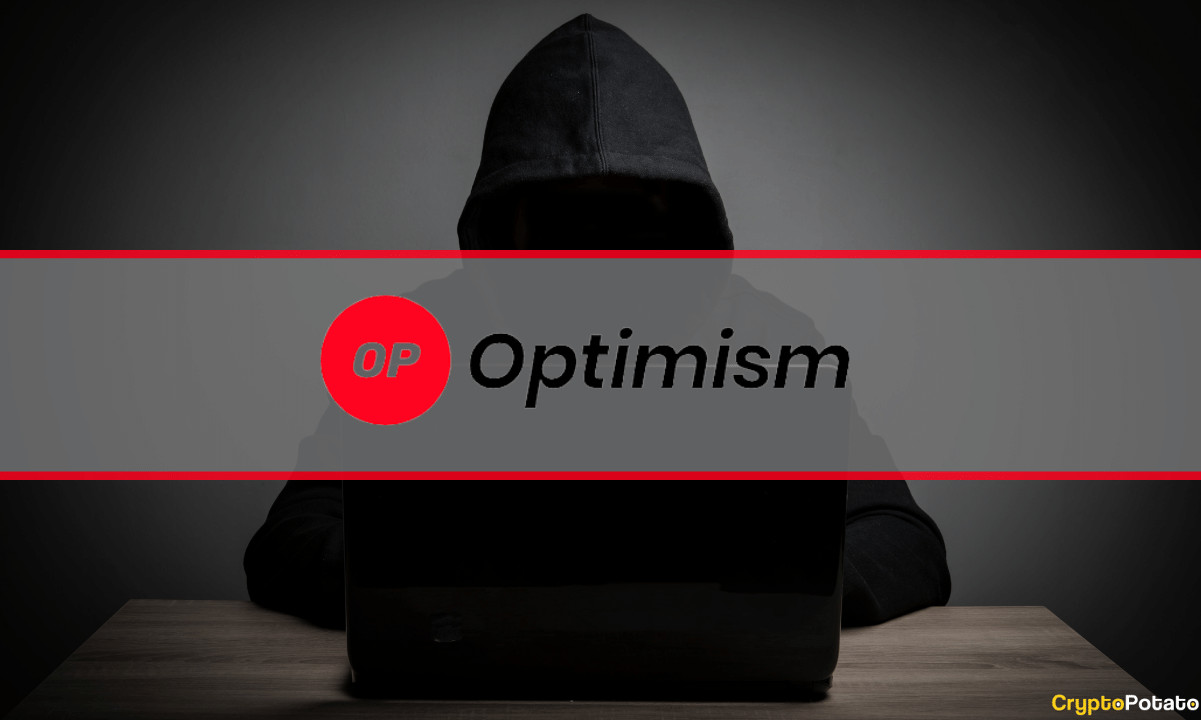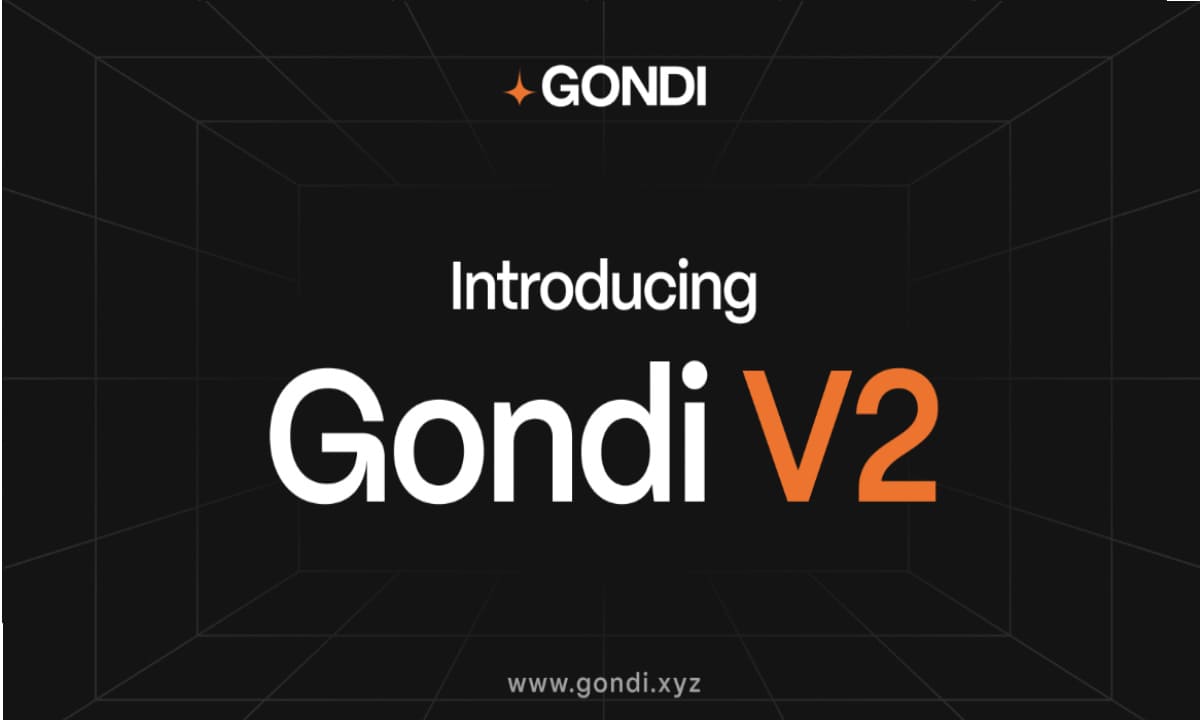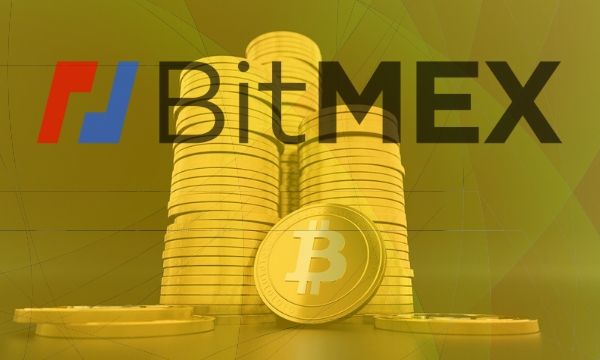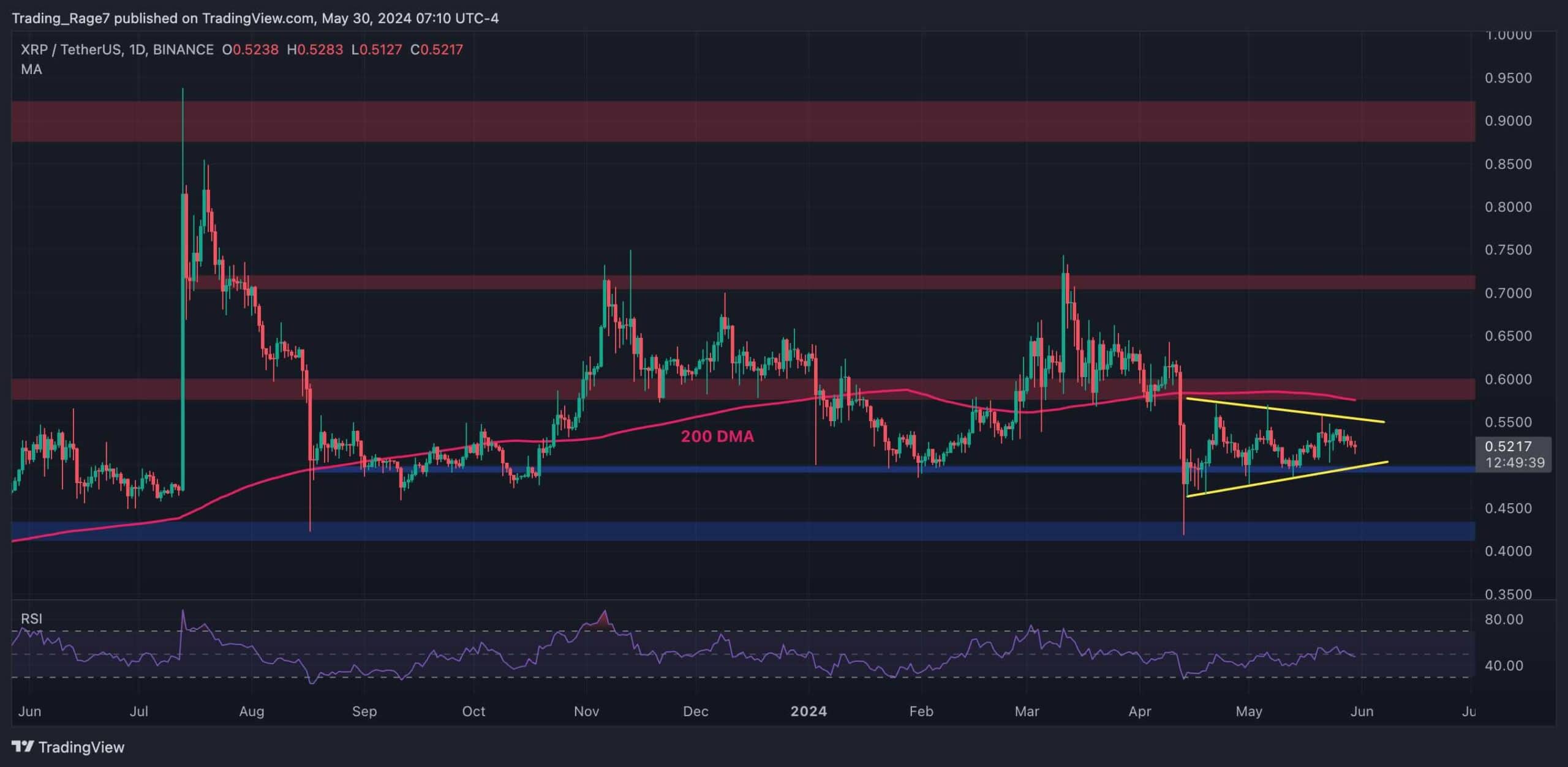ChatGPT Predicts What Will Happen With BTC’s Price During and After the 2024 Bitcoin Halving
The Bitcoin network is scheduled to undertake its fourth halving in less than a year, and the speculations on whether it will have an impact on the asset’s price have already begun.
After all, BTC went on a wild run after the previous three examples. But what does ChatGPT think about it?
Why Does the Bitcoin Halving Matter?
Upon creating the Bitcoin network, Satoshi Nakamoto incorporated an event happening at every 210,000 blocks (around four years) that essentially guarantees that the annual supply will be slashed in half.
The first one reduced the block rewards from 50 BTC to 25 BTC, the second (25 -> 12.5), and the third drove them down to the current 6.25. This means that the cryptocurrency’s current inflation levels are under 2% and will go further down as the rewards will be 3.125 BTC after the 2024 halving.
Although there are more than 19 million BTC mined already out of the total 21 million supply ever to exist, the halvings make it so that the last mined bitcoin will be after more than 100 years from now.
Basic rules of economics dictate that if the supply of an asset declines while the demand remains the same or increases, its price should, at least in theory, rise.
This is perhaps why the previous three halvings acted as catalysts for the massive bull runs. Looking at BTC’s historical data shows that the asset traded at around $12 on November 2012 (first halving) and exploded by almost 100x within a year to nearly $1,000.
July 9, 2016, was the date of the second halving, and 1 BTC was worth around $670. A year later – it stood at over $2,500. Bitcoin traded at just under $9,000 during the May 2020 halving, and it skyrocketed to $69,000 within just over a year. Despite plummeting hard in the next few years, BTC is still roughly 3x higher than its price during the last halving.
Given these price performances, the crypto community often speculates that bitcoin’s next bull run should begin somewhere within the next year, as the fourth halving is scheduled to take place in April 2024, according to the current estimations.

ChatGPT on BTC’s Halving
Consequently, we decided to ask ChatGPT for its take on the matter, given its significance. The highly-popular AI chatbot was relatively careful in its wording, responding that it doesn’t have “access to real-time data or the ability to predict future events such as Bitcoin’s price.”
It further noted that BTC’s price is impacted by several factors, including:
- Market Demand
- Investors Sentiment
- Adoption Rates
- Regulatory Developments
- Technological Advancements
- Macroeconomic Conditions
Nevertheless, ChatGPT admitted that BTC’s price “has shown both increases and decreases surrounding halving events” and added:
“During the halving, the block reward for miners is reduced, which can impact the supply dynamics of Bitcoin. The reduction in supply, coupled with continued demand or increased market interest, has the potential to contribute to upward price movements.”
However, the AI chatbot also warned that “it’s important to note that past performance is not indicative of future results.”
Finally, ChatGPT touched upon something crucial about every investment, not just BTC. It said people should do thorough research before allocating funds to any assets and not just rely on one source of information.
You can find more of our ChatGPT-related content – here, here, and here.
The post ChatGPT Predicts What Will Happen With BTC’s Price During and After the 2024 Bitcoin Halving appeared first on CryptoPotato.









